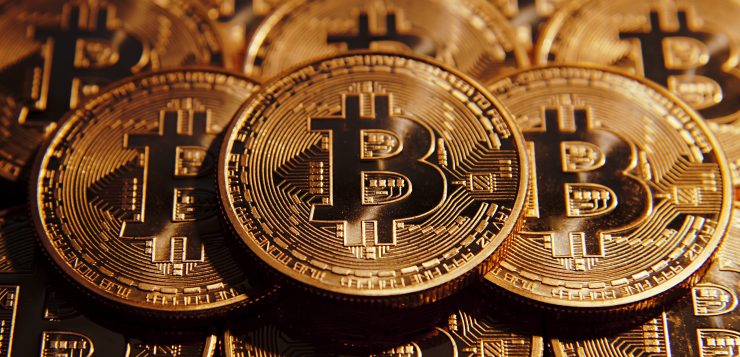2018 will likely be a defining year for cryptocurrencies. Since the introduction of bitcoin in 2009 by a seemingly mythical Satoshi Nakamoto the debate has raged between bulls and bears armed with both fact and fiction. Was blockchain technology and the cryptocurrencies it spawned a modern day alternative to sovereign fiat currencies or a digital fad whose mania would eventually bankrupt believers except for those quick enough to get out in time?
Look, you don’t have to be a financial professional to look at a bitcoin chart and realize it’s gone parabolic. Any asset that goes vertical, rising over 1200% in a single year is at risk of 20%, 40% even 50% corrections as the urge to lock in profits collides with those terrified of losing everything. However, price appreciation alone does not make a bubble. Amazon was slapped with the same label during the dot.com bust but today is one of the most powerful companies on the planet.
There are knowledgeable people I respect on both sides of this debate. Some like Jamie Dimon, CEO of JPMorgan Case, have come out and said bitcoin is a fraud and others like legendary investor Bill Miller have opted to put half their fund’s money in cryptocurrency. A couple of months after calling it a fad, Mr. Dimon seemed to be softening his comments: “I’m open-minded to uses of cryptocurrencies if properly controlled and regulated.”
Trust in government falling
The rising mistrust of governments worldwide helped to accelerate the adoption of cryptocurrencies. As central banks following our own Federal Reserve printed money to avoid economic collapse, many sought out alternative stores of value. For some it was gold and for others it might be art or collectables. Gold of course has been with us for 5000 years and just a few weeks ago we saw Saudi prince Mohammed bin Salman pay $450 Million for Leonardo da Vinci’s painting Salvator Mundi.
Beauty and value is in the eye of the beholder. Some look at a Picasso and see a masterpiece. I look and see a coloring book with three breasts. The point is, an asset that doesn’t pay an income stream is worth what the next person is willing to pay for it. It’s been that way since the beginning of time.
In the case of bitcoin and other cryptocurrencies their value and usefulness as a payment system is only as good as the ecosystem that supports it. It wasn’t that long ago Facebook and Myspace were competing for your attention. Facebook developed an ecosystem that today has billions of users. Myspace is, of course, no longer with us.
One of the biggest dangers for crypto investors are the endless wave of initial coin offerings. Today, there are close to 3600 cryptocurrencies. I could start the Davey Dave Coin tomorrow , but it would likely be worth nothing because no one is using it. Many of these coins will disappear and or become worthless. Some are likely frauds and even Ponzi schemes.
Bitcoin is the dominant cryptocurrency today and had first mover advantage in much the same way AOL did early in the dot.com era. Etherium, litecoin, ripple and others are all looking for attention. Ripple was up a staggering 34000% last year and today supports a market cap of $122 billion compared to bitcoin’s $250 billion. However, as a recent Forbes article points out, market cap alone can be misleading.
Venezuela to launch a petro cryptocurrency
Governments would love to shut down cryptocurrencies but can’t. No government wants a competing currency with the possible exception of Venezuela whose economy and currency are close to collapse. Venezuela, is launching an oil backed cryptocurrency as early as this week to help dig its way out of financial distress. However, this could be part of an even bigger fraud in how a government wants to inflate its cash. The community of true holders frown upon government in blockchain. It goes against the philosophy of decentralized assets.
That decentralized system and chain of records sitting on thousands of computers around the world goes right to the heart of bitcoin and other true cryptocurrencies. The incentive to mine for bitcoin and or receive transaction fees keeps the system going. Governments have had success with shutting down exchanges but I see little ability to shut down a decentralized system.
Read more at:
https://finance.yahoo.com/news/weighing-risks-cryptocurrencies-215046133.html







